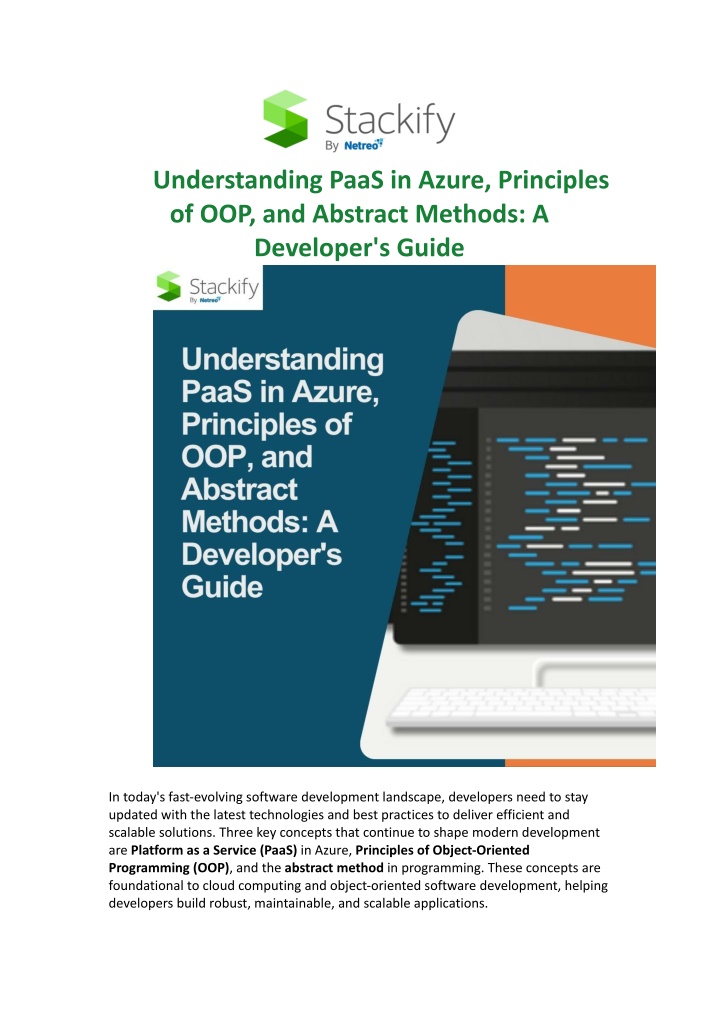ATTENTION
Do Colors Represent Emotions?
A new study reveals consistent associations between colors and emotions.
Reviewed by Vanessa Lancaster
KEY POINTS-
A new study investigated whether different colors are associated with specific emotions.
Researchers asked artists and non-artists to produce color drawings that depicted six emotions: anger, disgust, fear, joy, sadness, and wonder.
Participants guessed the emotions depicted by non-artist drawings more consistently than those produced by artists.
We often hear phrases like, "I'm feeling green with envy," "He was red with anger," or "She's feeling blue" (meaning sad). These associations are pervasive in our language, but are they just linguistic conventions, or is there something deeper about the relationship between colors and emotions?
To investigate this, Claudia Damiano, a postdoctoral researcher at the University of KU Leuven, and colleagues recently published a study in Journal of Vision, where artists and non-artists were asked to produce abstract color drawings depicting different emotions. In total, 46 artists (art majors) and 45 non-artists (STEM majors) produced abstract color drawings depicting: anger, disgust, fear, joy, sadness, and wonder. The authors selected a total of 156 color drawings (26 for each of the emotions) to be used in the next phase of the study. Examples of these drawings can be found in the paper's supplementary materials.
Next, a new group of participants (242 Psychology students from the University of KU Leuven) were instructed to observe each of the 156 abstract color drawings and indicate which of the six emotions was being depicted by each. The accuracy of the observers' responses was compared to a chance level of 16.7 percent, which represents randomly guessing one of the six emotions. The authors found that participants' overall accuracy was around 41.5 percent, much higher than would be expected by chance. Intriguingly, non-artist drawings were rated more accurately (43.06 percent) than artists (40.0 percent).
Several consistencies emerged from the drawings. As can be seen in Figure 5 (below), drawings depicting anger consistently used a red palette, with some black, pink, and orange; drawings depicting disgust often included greens and browns; drawings depicting fear contained mostly gray and black tones; drawings depicting sadness included different shades of blue (dark blue, light blue, cyan), gray, and black; drawings depicting joy contained mostly yellow and some pink and orange; drawings depicting wonder also contained yellow and pink.
These mappings were consistent enough that a computer algorithm trained to classify the drawings was even more accurate than human raters at guessing the depicted emotions (50.81 percent accuracy when judging non-artists' drawings and 39.17 percent when judging artists' drawings).
Where do color-emotion associations come from?
According to simulation theory (Johnson-Laird & Oatley, 2021), we may map colors to specific emotions based on real-world associations (e.g., one's face might turn red when experiencing anger). However, these real-world associations can't explain all of the mappings – for example, our faces don't turn yellow when we are happy.
The authors mentioned that their work replicated previous findings by van Paasschen and colleagues that found associations between dark colors and negative emotions, and between bright colors and positive emotions (van Paasschen et al., 2014). The findings also replicated and extended previous work by Jonauskaite et al., 2020 in which participants judged the valence and arousal associated with different abstract paintings. Here also, bright colors were associated with positive emotions and dark colors with negative emotions.
Are color-emotion mappings universal?
This research leaves open an important question: are these color-emotion mappings universal? After all, the current study was conducted with Western participants who both produced abstract paintings and rated them for emotions. More work is needed to verify that these color-emotion associations are present in non-Western cultures to understand whether these mappings are universal or learned through culturally specific associations.
Fortunately, a team at the University of Lausanne led by Christine Mohr has been addressing this question by surveying participants from around the world. On their website, users are invited to complete their questionnaire and indicate their geographical location. The published results reveal some universally consistent associations between colors and emotions modulated by geographical proximity.
ATTENTION
Do Colors Represent Emotions?
A new study reveals consistent associations between colors and emotions.
Reviewed by Vanessa Lancaster
KEY POINTS-
A new study investigated whether different colors are associated with specific emotions.
Researchers asked artists and non-artists to produce color drawings that depicted six emotions: anger, disgust, fear, joy, sadness, and wonder.
Participants guessed the emotions depicted by non-artist drawings more consistently than those produced by artists.
We often hear phrases like, "I'm feeling green with envy," "He was red with anger," or "She's feeling blue" (meaning sad). These associations are pervasive in our language, but are they just linguistic conventions, or is there something deeper about the relationship between colors and emotions?
To investigate this, Claudia Damiano, a postdoctoral researcher at the University of KU Leuven, and colleagues recently published a study in Journal of Vision, where artists and non-artists were asked to produce abstract color drawings depicting different emotions. In total, 46 artists (art majors) and 45 non-artists (STEM majors) produced abstract color drawings depicting: anger, disgust, fear, joy, sadness, and wonder. The authors selected a total of 156 color drawings (26 for each of the emotions) to be used in the next phase of the study. Examples of these drawings can be found in the paper's supplementary materials.
Next, a new group of participants (242 Psychology students from the University of KU Leuven) were instructed to observe each of the 156 abstract color drawings and indicate which of the six emotions was being depicted by each. The accuracy of the observers' responses was compared to a chance level of 16.7 percent, which represents randomly guessing one of the six emotions. The authors found that participants' overall accuracy was around 41.5 percent, much higher than would be expected by chance. Intriguingly, non-artist drawings were rated more accurately (43.06 percent) than artists (40.0 percent).
Several consistencies emerged from the drawings. As can be seen in Figure 5 (below), drawings depicting anger consistently used a red palette, with some black, pink, and orange; drawings depicting disgust often included greens and browns; drawings depicting fear contained mostly gray and black tones; drawings depicting sadness included different shades of blue (dark blue, light blue, cyan), gray, and black; drawings depicting joy contained mostly yellow and some pink and orange; drawings depicting wonder also contained yellow and pink.
These mappings were consistent enough that a computer algorithm trained to classify the drawings was even more accurate than human raters at guessing the depicted emotions (50.81 percent accuracy when judging non-artists' drawings and 39.17 percent when judging artists' drawings).
Where do color-emotion associations come from?
According to simulation theory (Johnson-Laird & Oatley, 2021), we may map colors to specific emotions based on real-world associations (e.g., one's face might turn red when experiencing anger). However, these real-world associations can't explain all of the mappings – for example, our faces don't turn yellow when we are happy.
The authors mentioned that their work replicated previous findings by van Paasschen and colleagues that found associations between dark colors and negative emotions, and between bright colors and positive emotions (van Paasschen et al., 2014). The findings also replicated and extended previous work by Jonauskaite et al., 2020 in which participants judged the valence and arousal associated with different abstract paintings. Here also, bright colors were associated with positive emotions and dark colors with negative emotions.
Are color-emotion mappings universal?
This research leaves open an important question: are these color-emotion mappings universal? After all, the current study was conducted with Western participants who both produced abstract paintings and rated them for emotions. More work is needed to verify that these color-emotion associations are present in non-Western cultures to understand whether these mappings are universal or learned through culturally specific associations.
Fortunately, a team at the University of Lausanne led by Christine Mohr has been addressing this question by surveying participants from around the world. On their website, users are invited to complete their questionnaire and indicate their geographical location. The published results reveal some universally consistent associations between colors and emotions modulated by geographical proximity.






